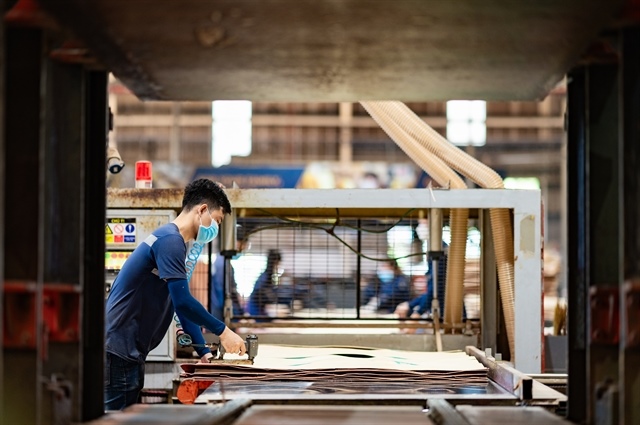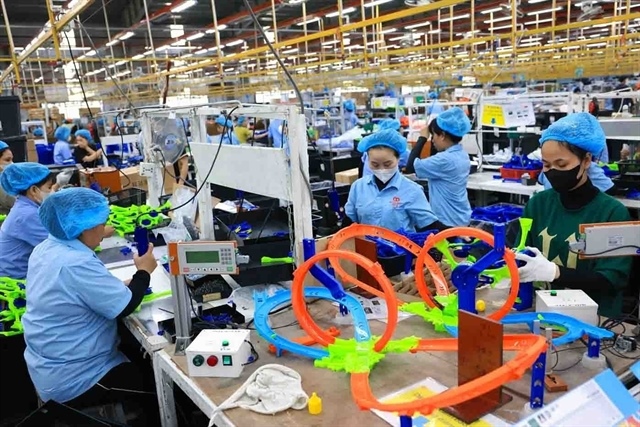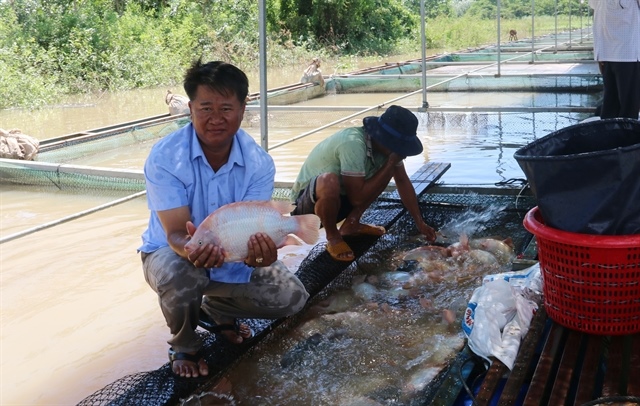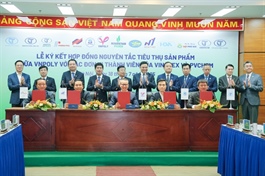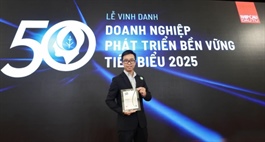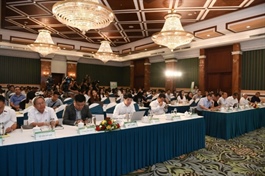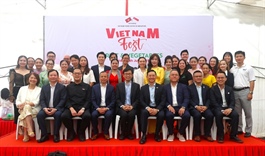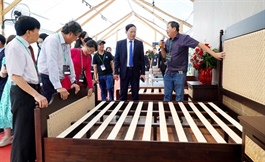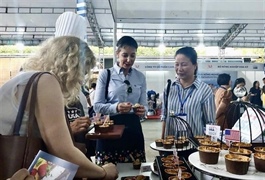Promoting sustainable forest management through long-cycle plantation models
Promoting sustainable forest management through long-cycle plantation models
Sustainable forest management models with long-cycle plantations enhance economic efficiency from large-timber forests and significantly contribute to emissions reductions, transforming forests into natural carbon sinks.
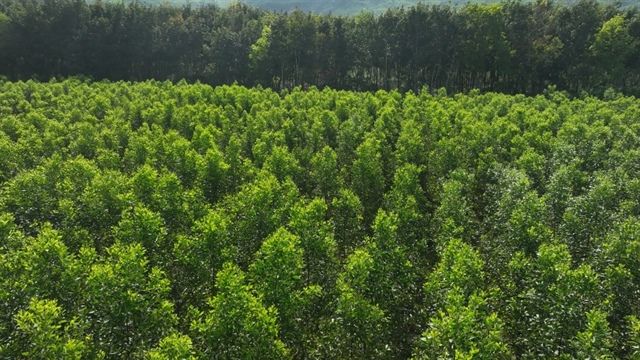
The long-cycle plantation model at Quy Nhon Forestry Co., Ltd. Photo: GIZ |
From July 16-18, in Gia Lai province, as part of the “Scaling Up Sustainable Forest Management and Certification in Vietnam (SFM)” project, representatives from various media agencies across the country, along with officials from the Management Board of Forestry Projects (under the Ministry of Agriculture and Environment) and experts from the German Development Cooperation Agency (GIZ), participated in a field trip to explore pioneering practices in sustainable forest management and large-timber plantation production.
The objective of the visit was to enhance communication and raise awareness among policymakers, managers, forest owners, and the public about sustainable forest management practices at the local level. Showcasing real-world results, Gia Lai is expected to drive the transition to large-timber plantation models while promoting the scaling up of sustainable forest management.
According to the Management Board of Forestry Projects, forests cover 42.02 per cent of Vietnam’s land mass. However, forest quality remains generally low, with limited species diversity. Vietnam is currently the largest exporter of wood products in Southeast Asia, but its plantation-based economy primarily relies on short-cycle, intensive plantations for wood chip production as a biomass material. This traditional model has shown limitations and no longer fully meets Vietnam’s environmental, social, and economic goals. Meanwhile, half of Vietnam’s roundwood imports are large timber, as domestic sustainably sourced large timber cannot meet the growing demand.
Nguyen Danh Dan, deputy director of the Central SFM Project Management Board, said, “The project aims to shift from short-cycle to long-cycle plantation models, focusing on producing high-quality sawn timber, enhancing species diversity, and adapting to climate change. It also supports improving legal frameworks, institutions, and capacity building for stakeholders in the forestry sector to promote the transition to sustainable forest management.”
“The sustainable forest management model with long-cycle plantations increases economic efficiency from large-timber forests and significantly contributes to emissions reduction goals, turning forests into natural carbon sinks to help Vietnam achieve its net-zero emissions commitment by 2050,” said Dan.
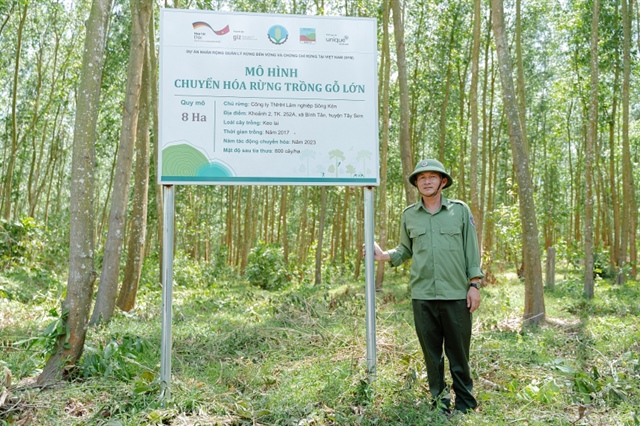
The long-cycle plantation model at Song Kon Forestry Co., Ltd |
Funded by the German government, the project is being implemented at six state-owned forestry companies and protective forest management boards in three provinces, namely Gia Lai (formerly part of Binh Dinh), Quang Tri, and Dak Lak (formerly part of Phu Yen), over three years.
In Gia Lai, Quy Nhon Forestry Co., Ltd. and Song Kon Forestry Co., Ltd. have received support from the project to develop demonstration models for long-cycle plantations, improve sawn timber production techniques, and enhance financial strategies for transitioning from small- to large-timber forests.
With this support, these enterprises are promoting intercropping of slow-growing native species (such as green lim) with fast-growing exotic species like acacia. This intercropping approach provides an integrated forestry model, generating income from plantations at different growth stages over time.
While acacia for large timber can be harvested after about 10 years, native hardwood species typically require longer growth cycles. Compared to monoculture plantations, this mixed-species model enhances biodiversity, improves forest resilience, and diversifies future income through high-value, durable native hardwoods.
“In the context of the forestry industry shifting strongly towards sustainability and high quality, Quy Nhon Forestry has identified the development of large-timber plantations as a top priority. This transformation aims to increase the economic value of plantations. Compared to short-term forests, large timber brings 2-3 times higher economic value, helping to increase the efficiency of forestry investment and improve income for parties involved in forest planting,” said Pham Hoai Nam, head of the technical division at Quy Nhon Forestry.
“In addition, this model also contributes to sustainable forest management and environmental protection. Large timber forests have a longer cycle, limit early exploitation, and help stabilise the forest ecosystem. This model creates a foundation for chain linkage and forest certification and contributes to livelihood development and community value enhancement,” Nam said.
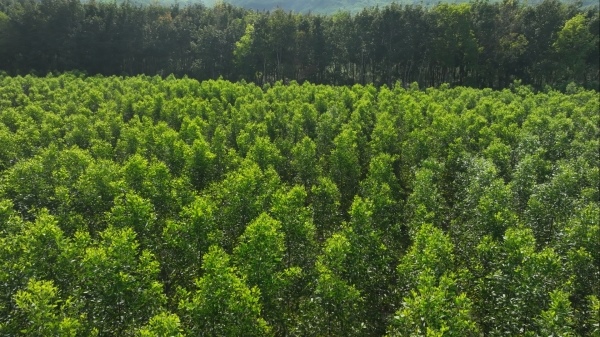
Carina van Weelden, implementation manager at GIZ |
“The gradual transition to SFM involves long-term management of short-cycle, single-species plantations (commonly acacia in Vietnam) towards sustainably managed long-cycle plantations. These models align with the Vietnamese government’s goals of producing large timber for the domestic wood processing industry, thereby improving economic efficiency and product value,” said Carina van Weelden, implementation manager at GIZ.
“Other objectives include providing social responsibility to forest households and communities living near plantations; contributing to the enhancement of long-term carbon sequestration and storage. Another key element of SFM is the promotion of mixed forest plantations with a combination of native and exotic species suitable to the site conditions, thereby enhancing the biodiversity of sustainably managed forests and their resilience to pests and climate change,” said van Weelden.
|
Within the project framework, the transition to SFM has been implemented through three intervention areas and sub-objectives: • Improving legal and institutional frameworks. The project advises stakeholders at the national and provincial levels on enhancing legal frameworks to promote the transition to sustainable forest management. • Capacity building. The project builds capacity for technical service providers, enabling them to enhance forest owners’ skills in managing long-cycle plantations. Forest owners and contracted staff are also trained in SFM approaches. • Financing for sustainable forest management. The project supports forest owners in developing innovative business models and identifying potential financial mechanisms for the transition. Additionally, gender equality is integrated and promoted across all project activities. |
- 11:24 21/07/2025


